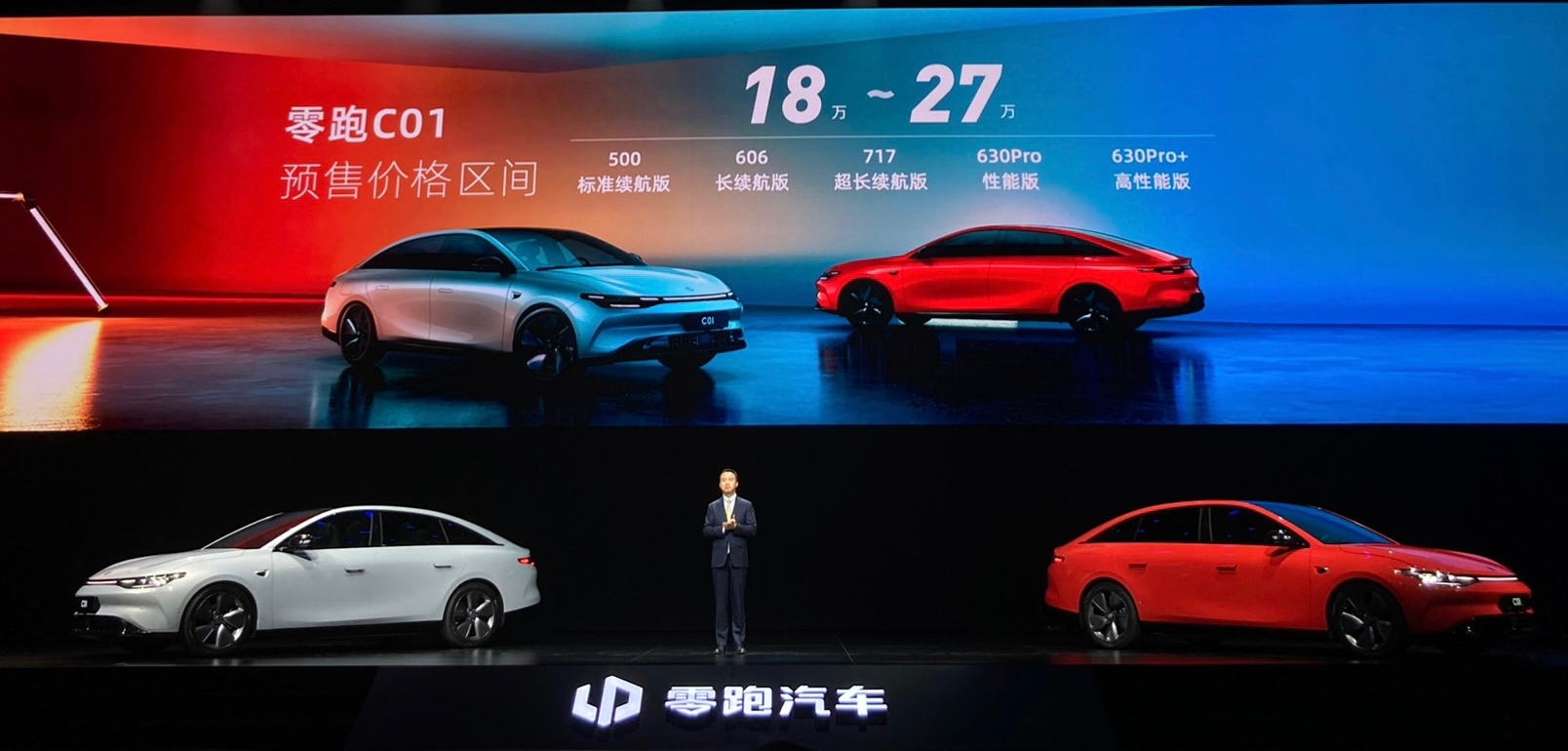On May 10th, LI Auto officially began to presell its C01, with presale prices ranging from 180,000 to 270,000 yuan, available in five configurations. As the second product in the LI C series, it is equipped with the CTC battery chassis integration technology, continuing LI’s high cost-performance strategy.
- Standard version with a range of 500 km (rear-wheel drive, 0-100 km/h in 7.61 seconds)
- Long-range version 606 (rear-wheel drive, 0-100 km/h in 7.46 seconds)
- Ultra-long range version 717 (rear-wheel drive, 0-100 km/h in 7.18 seconds)
- Performance version 630 Pro (four-wheel drive, 0-100 km/h in 4.26 seconds)
- High-performance version 630 Pro+ (four-wheel drive, 0-100 km/h in 3.66 seconds)
The length, width, and height of the LI C01 are 5,050 x 1,890 x 1,503 mm, with a wheelbase of 2,930 mm. It will compete in the mid-to-high-end pure electric vehicle market priced under 200,000 yuan, alongside BYD Dolphin, Changan Blue Whale C385, and NIO ES6. Although the wheelbase is slightly smaller than that of the Mercedes-Benz C260L, the length of the car has reached the level of mid-to-large-sized cars.
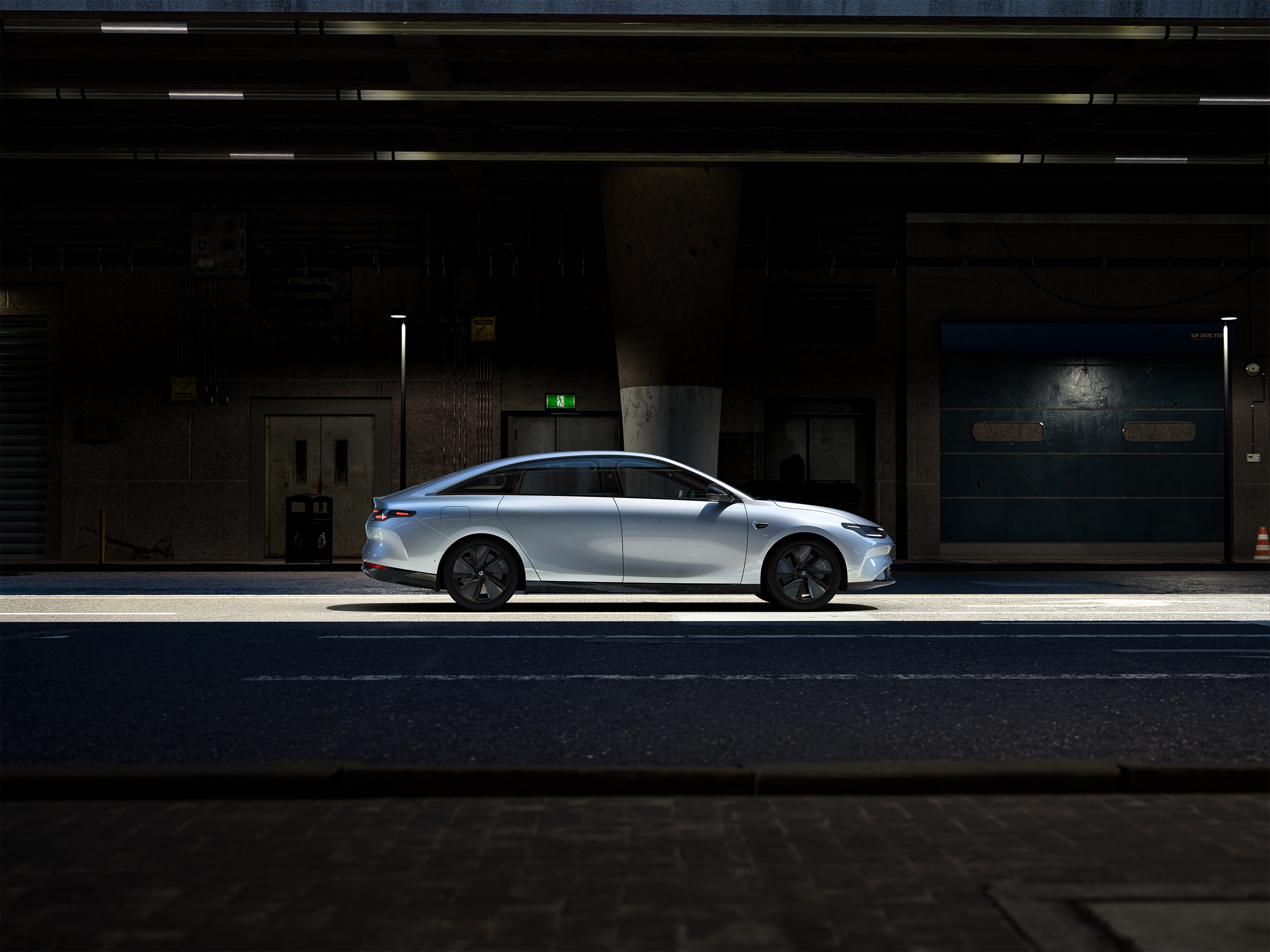
In terms of design, the LI C01 inherits the overall design style of the C11. The digital curved design language of the C11 can be seen in the front and rear lights and body lines. Moreover, the C01 improves upon the regret of the C11’s non-glowing through-type decorative strip, replacing it with a through-type daytime running light and a glowing logo on the rear of the car.
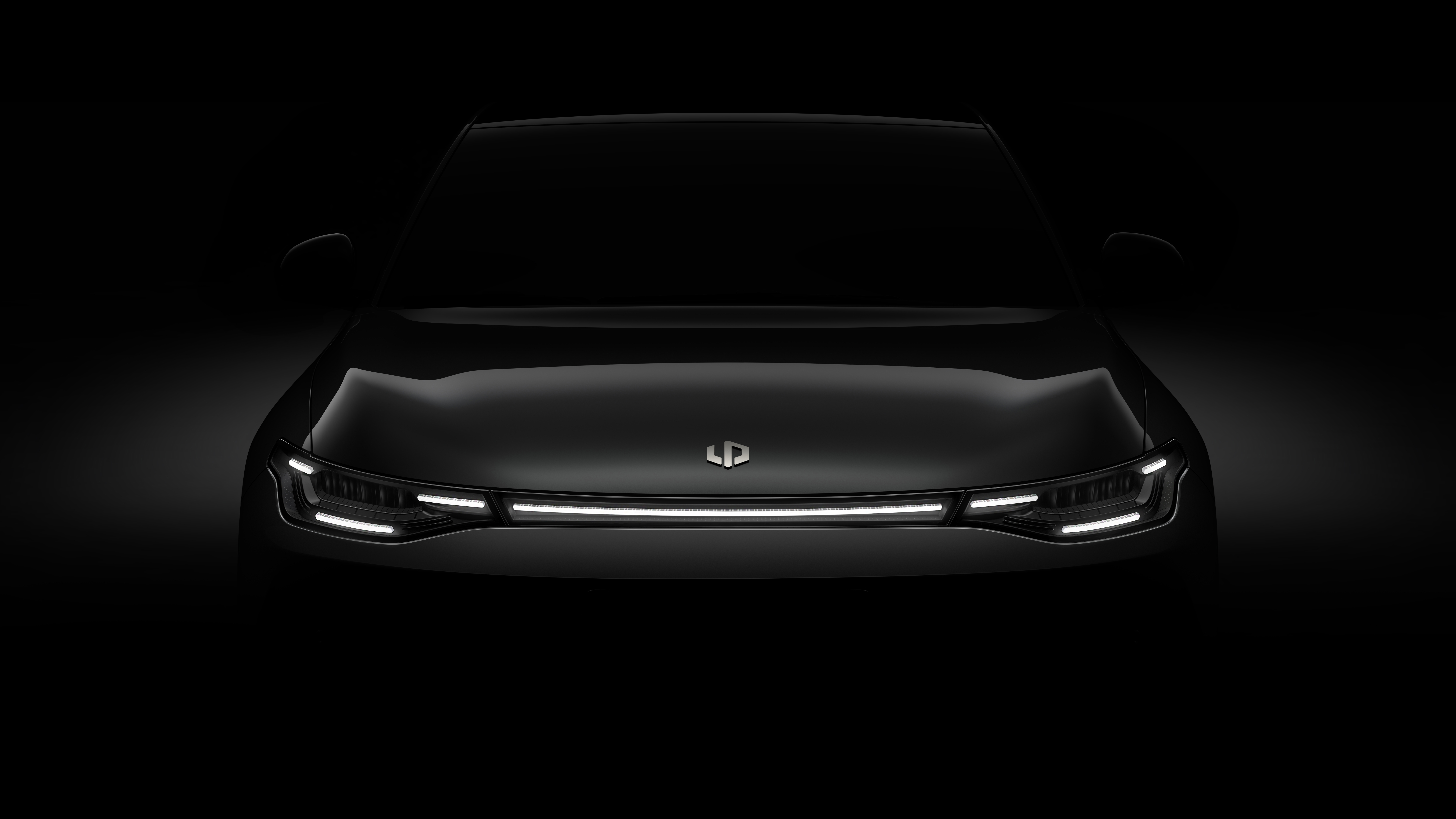
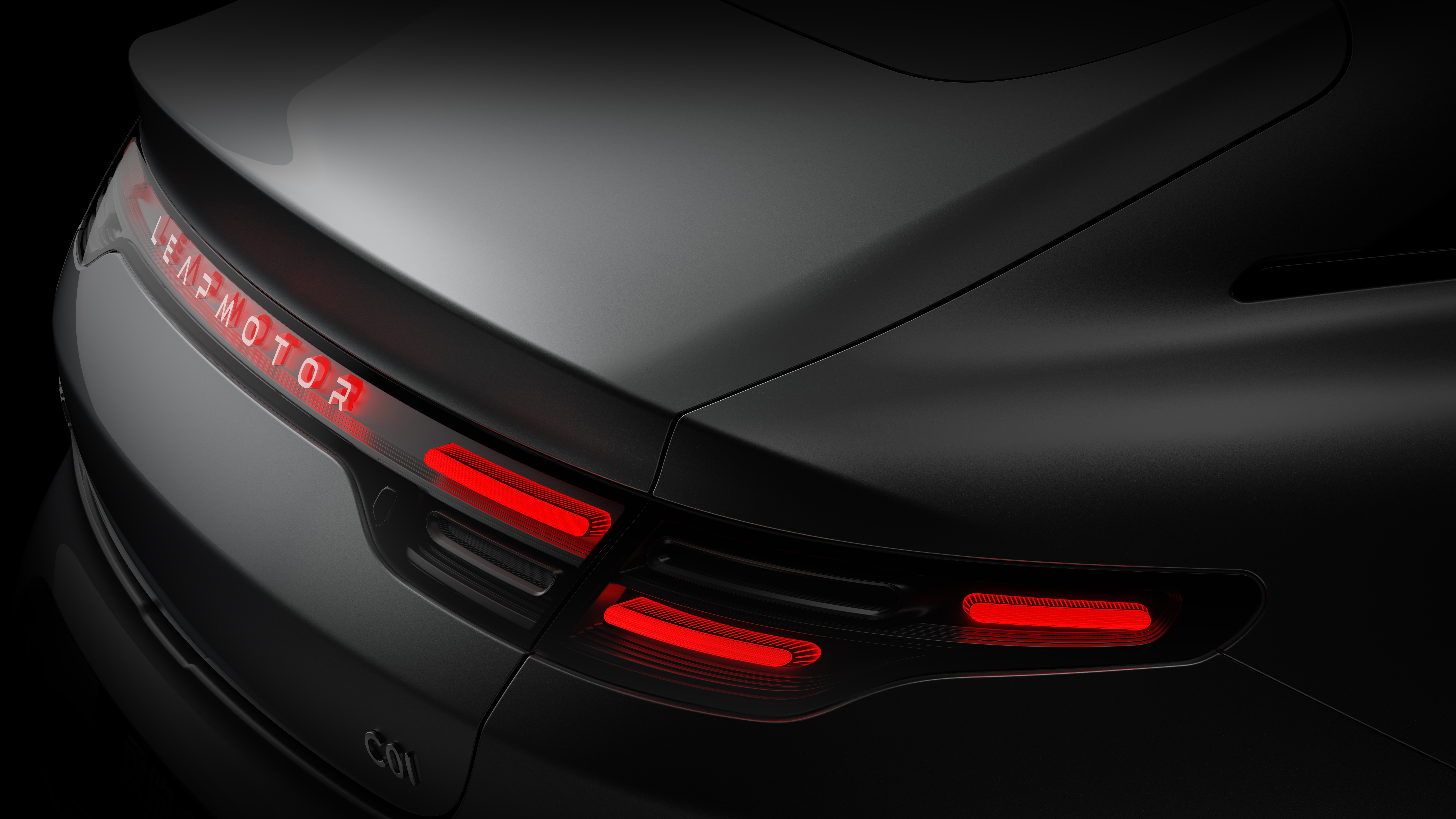
The C01 comes in seven paint colors, with the exception of the Walden Green offered on the C11, the other colors are basically the same as those on the C11, so the actual appearance can refer to the effect on the C11.
In addition, the C01 is equipped with three styles of wheels: 18-inch multi-spoke wheels, 19-inch low-drag wheels, and 20-inch wheels on the high-performance version.
Since both are part of the C series, the LYNK & CO ZERO C01 and C11 have the same wheelbase of 2,930 mm, with front double wishbone and rear multi-link suspensions, as well as the same dual motor system with a maximum output of 400 kW.
With a drag coefficient of 0.22 Cd, the ZERO C01 can accelerate from 0 to 100 km/h in 3.66 seconds, and has a maximum CLTC range of 717 km. Such acceleration performance for a hundred kilometers is already considered very fast. After driving the C11, I feel that the steering of the C11 can create a relatively relaxed feeling during daily driving. Moreover, the chassis has been adjusted to be more comfortable, and I am not sure whether the handling of the C01 will become more sporty as the power increases.
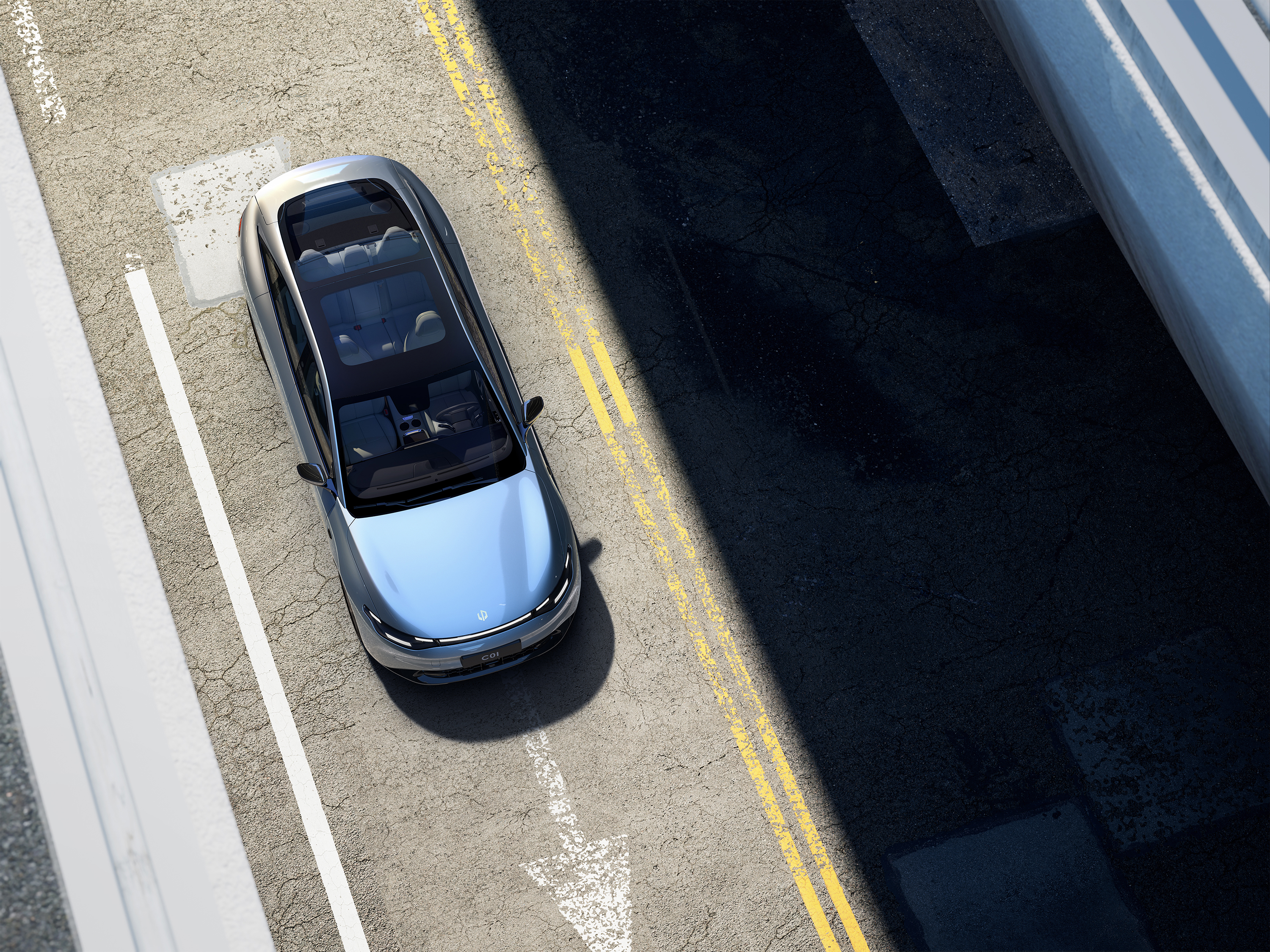
CTC technology is the most core highlight of the LYNK & CO ZERO C01. Unlike most new energy vehicles that use battery packs, the ZERO C01’s battery is directly installed on the chassis. The advantage of CTC technology is that after integrating the chassis and battery packs, the vertical space of the car body will be better protected, and the number of parts and manufacturing costs will be lower than traditional battery packs. With the same battery capacity, the use of CTC technology will also make the vehicle lighter. At the same time, Zhu Jiangming stated that all future new cars from LYNK & CO will use CTC technology.
Thus, the responsibility of protecting the battery is entrusted to the vehicle chassis, and the chassis of the C01 adopts a double-frame ring-beam structure to ensure the safety and air tightness of the battery. In terms of battery capacity, like the C11, it uses a maximum of 90 kWh of batteries, with a CLTC range of 717 km.
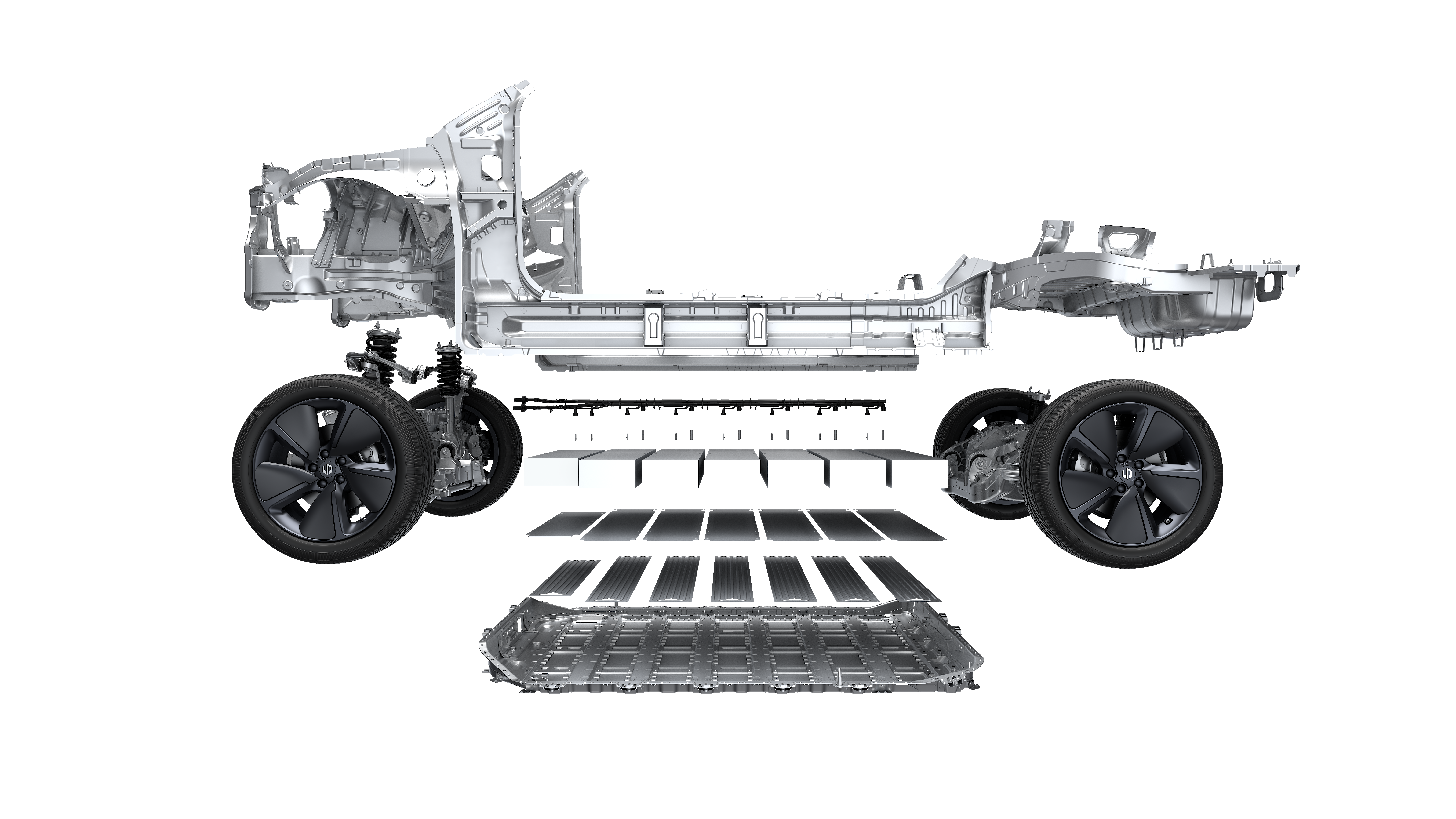 On the interior, the C01’s interior style inherits the design language of the C11, and it also comes with the 8155 chip-set and a triple screen. It is said that the car infotainment system will use the 8295 chip-set at the end of next year or early the year after. In terms of intelligence, the SERES C01 also supports OPPO smart car connectivity and Siri car controls to enhance the convenience of driving.
On the interior, the C01’s interior style inherits the design language of the C11, and it also comes with the 8155 chip-set and a triple screen. It is said that the car infotainment system will use the 8295 chip-set at the end of next year or early the year after. In terms of intelligence, the SERES C01 also supports OPPO smart car connectivity and Siri car controls to enhance the convenience of driving.
Regarding the backseat space, theoretically, thanks to the CTC technology and the panoramic sunroof that can “steal space,” the C01 should have a decent level of seating space. However, the heat insulation performance in the summer remains to be seen.
It is worth mentioning that the right rear seat of the C01 has a boss button function, which can be linked with the front-row seats. The seat automatically moves forward by 10 cm, and the backrest automatically tilts back 10 degrees.
In terms of advanced driver assistance systems (ADAS), the chip-set still uses two self-developed Lingxun-01 chips with a total computing power of 8.4 TOPS, equipped with 28 perception hardware devices to complete 23 ADAS functions.
While self-development is a major highlight, this computing power is relatively insufficient in 2022. However, given its hardware configuration and little difference from the C11, its actual performance under real road conditions can be referred to in our past C11 test videos. According to Zhu Jiangming, the Orin-X chip will be used in 2024.The starting price of the Leapmotor C01, starting at RMB 180,000, is not surprising, as it was destined to be below RMB 200,000 in last year’s Leapmotor 2.0 strategy.
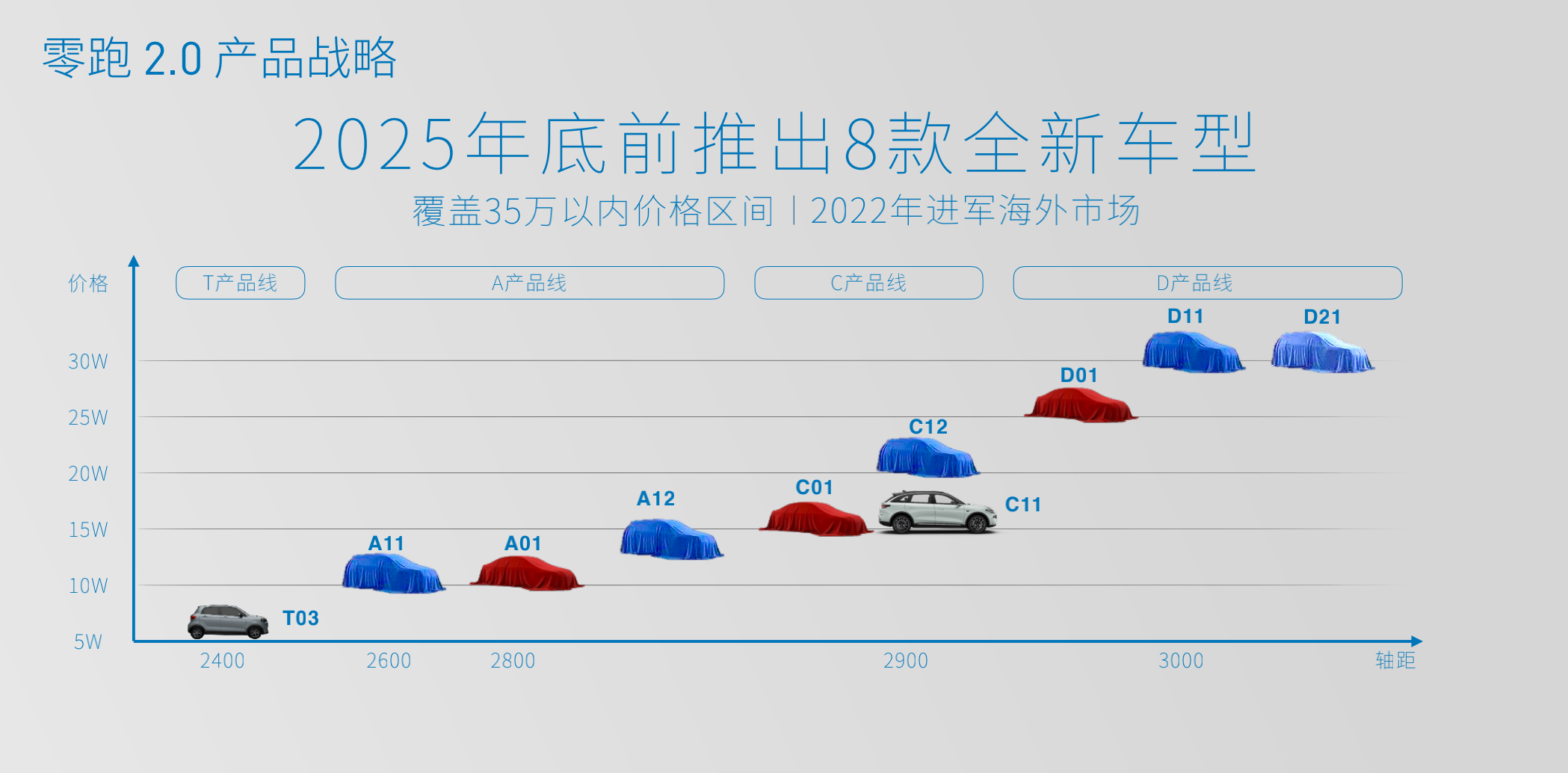
Looking at higher price points, the CLTC with a range of 717 km, a mid-sized sedan, and an acceleration of just over 3 seconds to 100 km/h, has already sufficient cost-effectiveness with these parameters alone. In 2022, the Leapmotor C01 will also be joined by Byton Dolphin, NIO ES2, and the Changan Blue C385, among others launching at the same time. Faced with these established competitors, the Leapmotor C01 still has strong competitiveness. We are also looking forward to quickly getting together these four cars for a comprehensive review of 200,000 RMB pure electric sedans to see how they really stack up.
Source: Leapmotor Official
This article is a translation by ChatGPT of a Chinese report from 42HOW. If you have any questions about it, please email bd@42how.com.
